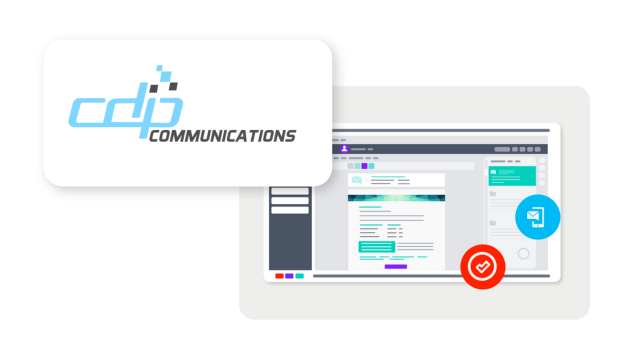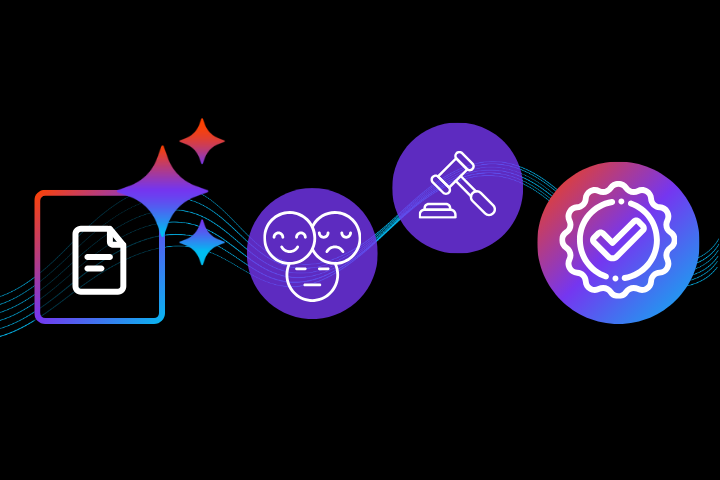
When it comes to money, it is obvious that you don’t want to part with a cent more than necessary. For accounts payable departments, one of the best ways to ensure this is to use 3-way matching — a process of verification that uses invoices, purchase orders, and receipts.
How does the process work?
Put simply, 3-way matching is making sure that the prices and quantities on the original purchase order, invoice, and receipt are all identical.
Let’s say that a company decides to purchase 500 widgets at the cost of £2 each. When the order is placed, a PO will be created citing the price, quantity requested, and total cost. In this case, £1000.00.
What’s the difference between a purchase order (PO) and an invoice?
A PO is sent by the buyer to the vendor to track and control the purchasing process. An invoice is a formal request for payment sent by the vendor to the buyer after the order is filled.
The vendor produces an invoice documenting the items or services purchased. Like the purchase order, it should reflect the cost, quantity, and total. This will be sent to the customer, in expectation of payment.
A goods or packing receipt will also be included, to indicate what items are contained in the shipment.
As the name “3-way” suggests, a member of the accounts payable team will need to compare all three documents to ensure that they are consistent. If there is a discrepancy, the AP rep must contact the vendor to resolve the issue.
How does it stack up to other verification methods?
While 3-way matching is becoming the preferred verification method, there are others that companies may choose to use. Both 2-way and 4-way matching are frequently used.
In 2-way matching, the AP employee simply ensures that the information on the invoice matches that of the purchase order. While this may reduce the amount of time spent on the process, it does increase the possibility of mistakes as it is a less thorough method of cross-checking.
In 4-way matching, companies also look at what is known as tolerances.
A tolerance limit is the percentage variation that a company finds acceptable between the purchase order and what is received/billed. For example, a company with a 5% tolerance level orders 50 widgets and receives 54. The four extra are 8% higher than the requested amount, exceeding the tolerance level.
While this can add an extra layer of security, it can also be time-intensive.
The Advantages of 3-Way Matching
There are several significant advantages of adopting this verification method.
- Improves the Bottom Line: embracing a detailed matching process helps ensure that companies are not overpaying, making duplicate payments, or paying fraudulent invoices. 3-way matching can also reveal where the organisation may be missing out on potential discounts.
- Enhances Vendor Relationships: regularly verifying order data can help identify any recurring issues that may necessitate reconsidering a vendor/supplier relationship. In addition, 3-way matching leads to a quick turnaround when it comes to paying invoices, leading vendors to view the company as a trusted business partner.
- Makes Audits Easier: by ensuring consistency between invoices, purchase orders, and receipts, companies are better prepared for the audit process.
Improve the Process Through Automation
It can take time to manually match all documents. This is a tedious task that isn’t much fun for the employee and is open to human error. In addition, if a mistake is made, the process can become bogged down in attempts to backtrack and identify the error and fix it. This can lead to delays in making payments, resulting in potential late fees or fines.
Automation also facilitates future audits by storing all the relevant documents and information in an easily accessible centralised location in the cloud.
As an added benefit, the time and money that would be spent on the manual labour to review and match the documents can be allocated to other needs.
In our exploration of the significance of 3-way matching in accounts payable automation, we've found that integrating with leading ERP systems is crucial. To discover how Quadient's AP automation solutions seamlessly integrate with NetSuite, Xero, QuickBooks, or Sage, visit our dedicated pages.





